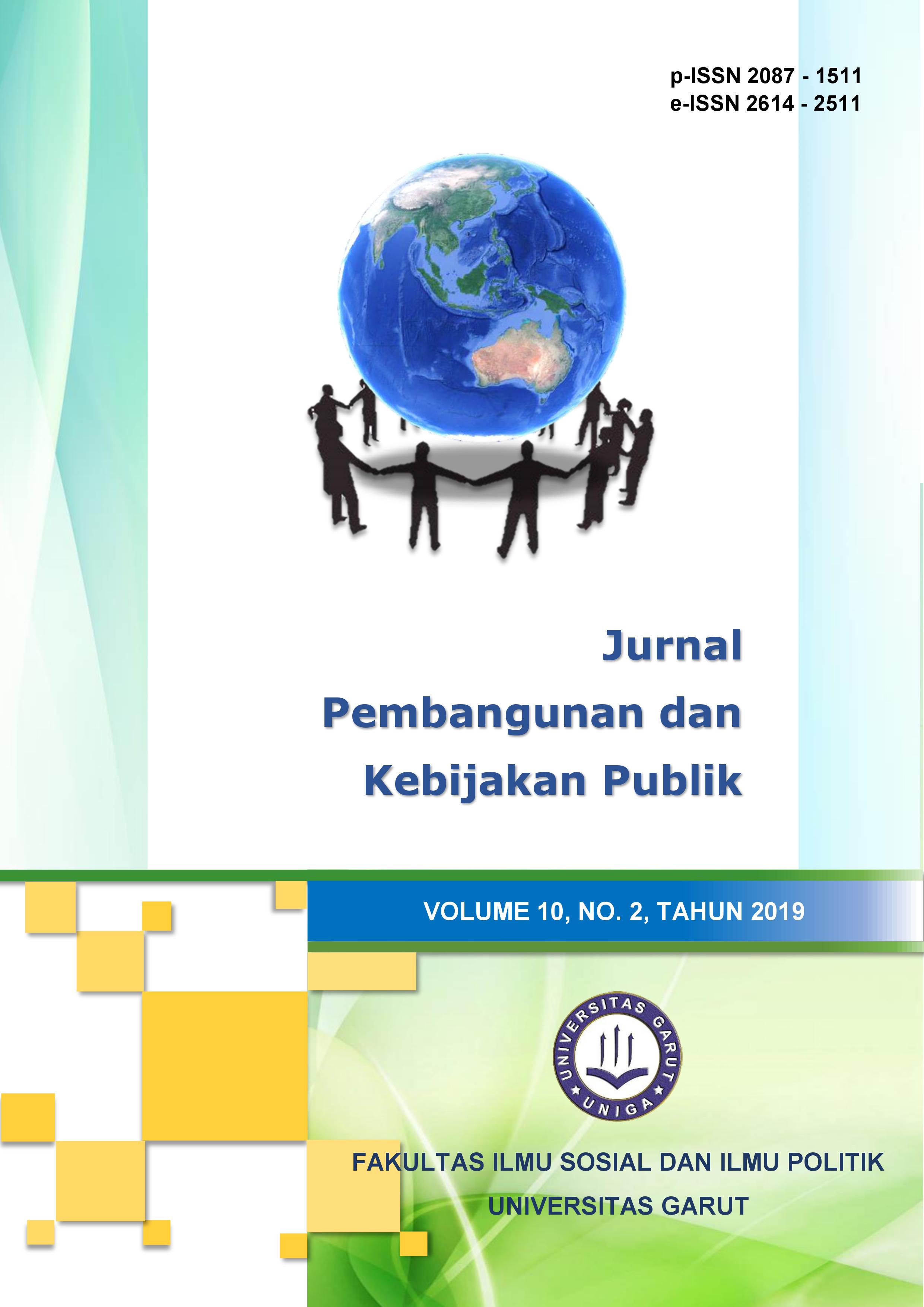
Analisis Faktor-Faktor yang Mempengaruhi Tingkat Kriminalitas di Kabupaten Bandung ( Studi di Lapas Narkotika Kelas IIA Bandung )

- Jurnal Nasional
- Gugun Geusan Akbar, Erna Rustiana, Pebri Putra Utama
- Jurnal Pembangunan dan Kebijakan Publik; Vol. 11 No. 1, Juli 2020; p-ISSN : 2087-1511 || e-ISSN : 2614-2511
Abstrak
The title of this study is "Analysis of the factors that influence crime rates in Bandung Regency; Case study in Lapas Narkotika Kelas IIA Bandung." The aim of this study is to determine the factors of crime committed by someone. These factors can be used as indicators to optimize the goals of the penal system in Law No. 12 of 1995. Lapas Narkotika Kelas IIA Bandung is chosen because it has an over capacity of the number of fostered citizens due to high crime rates.
The theory used in this study illustrates the factors that influence a person in committing a crime. The factors are biological, age tendency to do anti-social, environmental, poverty, education and crimogenic. The method used in this study is a mixed method; quantitative and qualitative methods. Quantitative methods can analyze environmental factors, poverty, education and crime. While qualitative methods can analyze biological factors and age factors tend to do anti-social behavior by conducting interviews with predetermined sources.
The results of this study indicate that there are only four factors that influence a person to commit a crime. These factors include poverty factors, educational factors, environmental factors and age factors tendency to do anti-social. These factors can be used as a basis for policies that will be determined by the government to optimize prison function and reduce crime rates in Bandung Regency.
Lihat Dokumen
